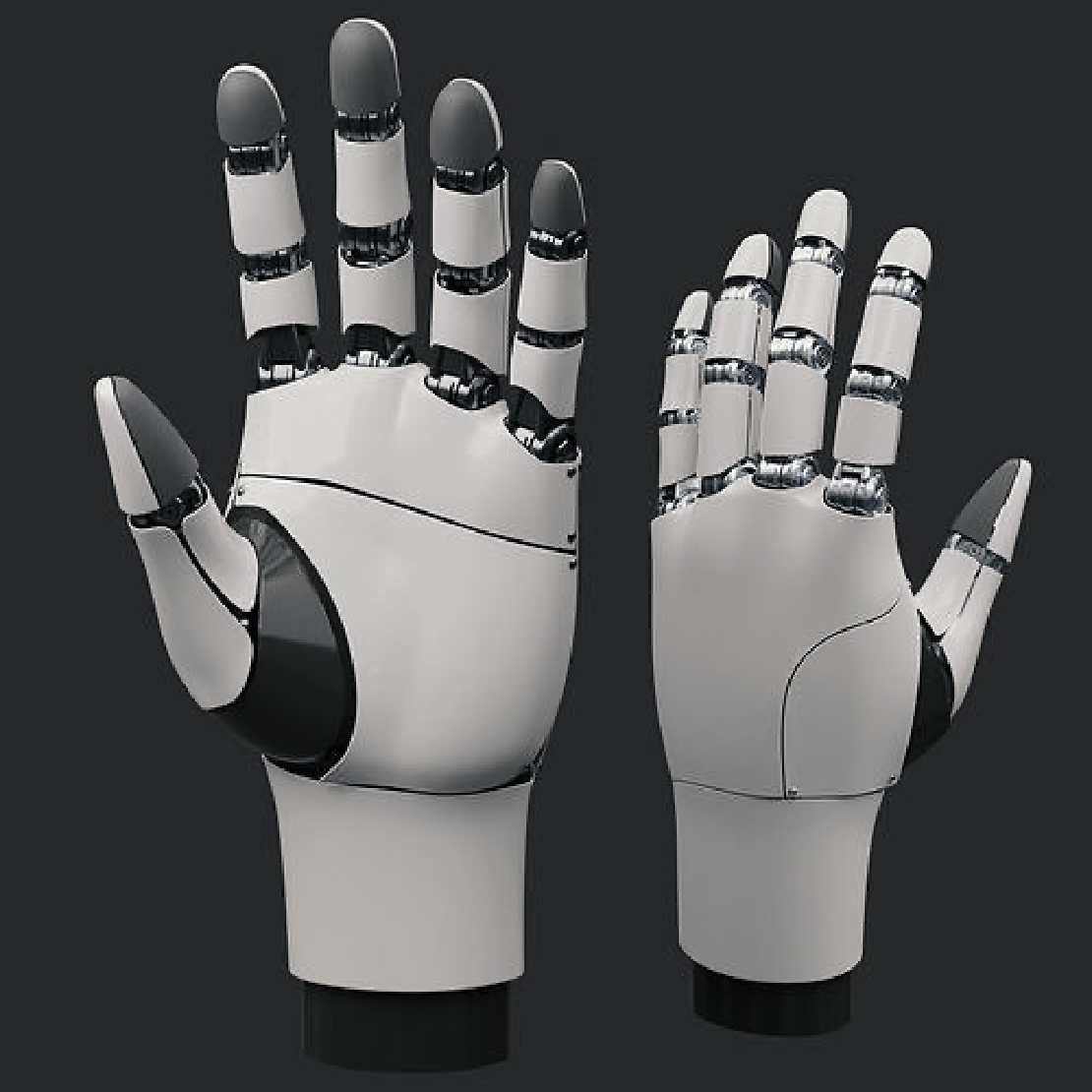Our robot hand collection represents some of the most technically challenging projects we undertake, combining complex mechanical engineering with the precision capabilities of modern 3D printing technology. These functional models showcase the incredible potential of additive manufacturing for creating intricate moving assemblies.
Engineering Complexity
Robot hands require sophisticated understanding of:
Joint Mechanics: Multiple articulation points that must work together smoothly for realistic movement.
Tolerance Management: Precise clearances that allow movement while maintaining structural integrity.
Assembly Integration: Print-in-place design that creates fully functional mechanisms in a single print job.
Functional Design Elements
Each robot hand features:
Individual Finger Articulation: Multiple joints per finger that enable natural grasping motions.
Thumb Opposition: Proper thumb positioning and movement for realistic hand function.
Wrist Articulation: Base joint systems that allow for comprehensive hand positioning.
Tendon Simulation: Some models include cable-driven systems that mimic biological hand mechanics.
Applications and Use Cases
Our robot hands serve multiple purposes:
Educational Tools: Perfect for demonstrating mechanical principles and engineering concepts.
Prototyping: Functional models for robotics research and development projects.
Display Models: Impressive demonstration pieces that showcase 3D printing capabilities.
Prosthetic Research: Scaled models for studying hand mechanics and design principles.
Technical Specifications
Print Requirements: These complex models require precise printer calibration and optimal settings.
Material Selection: High-quality PLA ensures smooth joint operation and long-term durability.
Support Strategies: Minimal support structures preserve joint functionality while ensuring printability.
Post-Processing: Light cleaning and joint lubrication optimize movement performance.
Customization Options
We offer several customization levels:
- Scale Variations: From miniature display models to full-size functional prototypes
- Joint Complexity: Simple articulation to full biomechanical simulation
- Material Choices: Standard PLA to specialty engineering filaments
- Assembly Methods: Print-in-place or multi-part construction
Future of Robotic Manufacturing
These robot hands represent more than just impressive 3D prints – they demonstrate how additive manufacturing is revolutionizing robotics development by enabling rapid prototyping of complex mechanical systems at affordable costs.
Each robot hand showcases the remarkable precision achievable with FDM printing and serves as a testament to the engineering possibilities opened by modern 3D printing technology.
